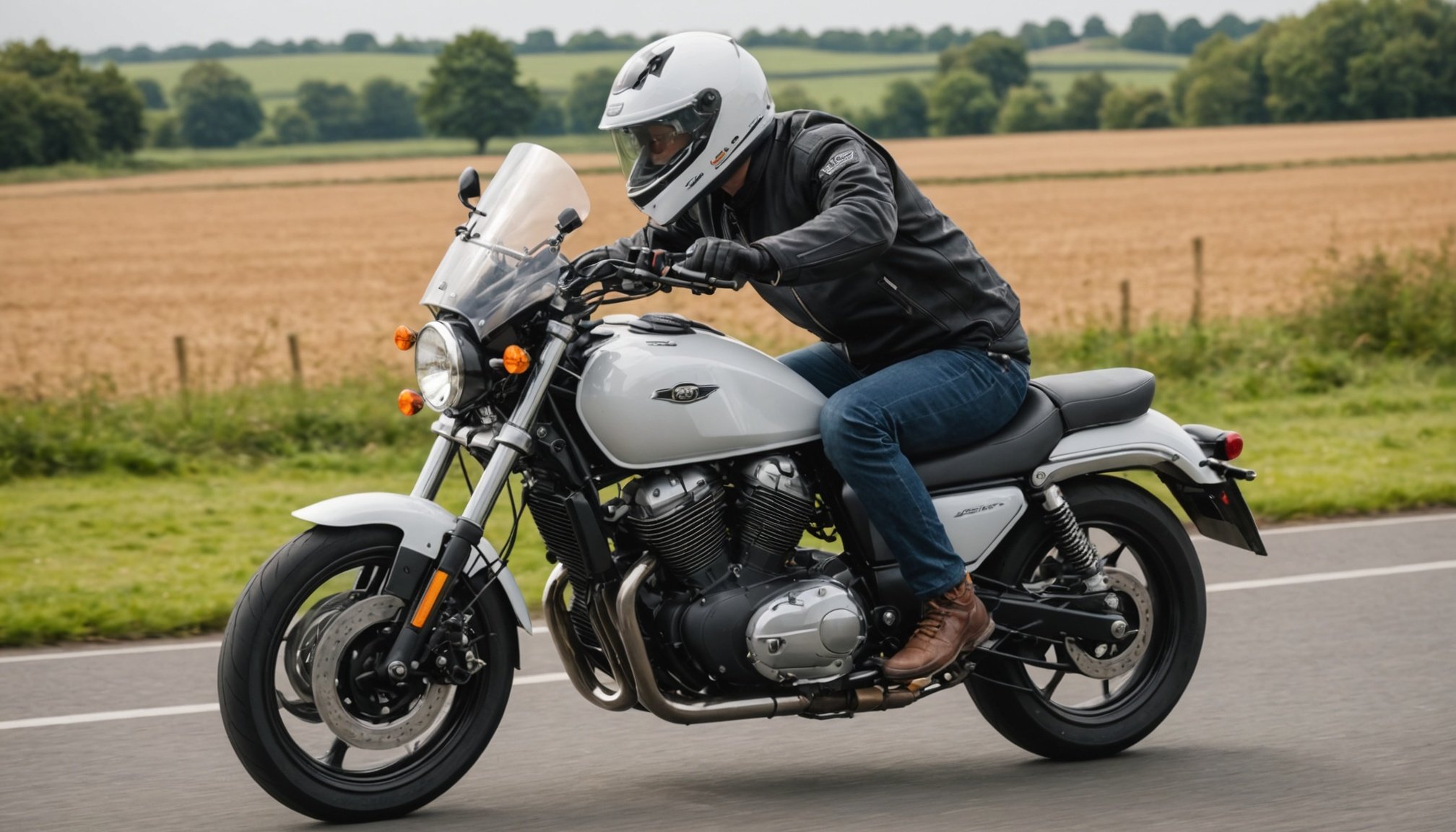As motorcycle enthusiasts, knowing the legal requirements for riding motorcycles in the UK is crucial for both safety and compliance. Whether you’re a seasoned rider or a novice looking to hit the road, understanding what is necessary for obtaining a licence, the regulations surrounding insurance, and the essential training you need can make all the difference. This article will guide you through the different aspects of legal motorcycle riding, including the various types of licences, the process of obtaining one, and the safety measures you should consider.
Understanding Motorcycle Licences
To legally ride a motorcycle in the UK, you must first understand the different types of licences available. The motorcycle licence system is divided into several categories based on your age and the power of the motorbike you intend to ride. The key categories are CBT, A1, A2, and A licences.
This might interest you : How can you create a motorcycle maintenance schedule to prolong its life?
You start with the Compulsory Basic Training (CBT) if you are 16 years or older. This training allows you to ride a motorcycle up to 125cc, but you must display L-plates, indicating that you are a learner. Completing CBT is not a full licence; it is a prerequisite for riding legally on the road. After that, you can choose to progress by taking the motorcycle theory test and practical tests to obtain higher categories of licences.
The A1 licence permits you to ride motorbikes up to 125cc and is available from the age of 17. The A2 licence is for those aged 19 and over, allowing you to ride medium-powered bikes up to 400cc. Finally, the full A licence is available to riders over 24 years old, granting access to powerful motorcycles without restriction.
Additional reading : How can you enhance your motorcycle’s performance with aftermarket parts?
Gaining the appropriate licence is essential for ensuring you can ride legally and safely. It is also important to note that each category requires passing a theory test that covers essential road safety information, as well as practical riding assessments to demonstrate your skills. Understanding these steps not only prepares you for the road ahead but also fortifies your legal standing as a rider in the UK.
The Compulsory Basic Training (CBT) Process
Compulsory Basic Training (CBT) is one of the first steps you need to take in your journey towards becoming a legal motorcyclist in the UK. The CBT course consists of a minimum of five elements designed to ensure that you have the fundamental skills and understanding of safe riding practices. This training is crucial as it lays the groundwork for your riding abilities and helps you become a competent motorbike rider.
The course typically starts with an introduction to the motorcycle. You will learn about the controls, safety features, and the importance of wearing appropriate protective gear, which is vital for your safety. After familiarising yourself with the bike, you will move on to the practical riding exercises where you will practice essential skills like starting, stopping, and manoeuvring in a controlled environment.
Once you have completed the initial training, you will progress to riding on the road. This part of the CBT is critical as it teaches you how to handle real-world traffic situations. You will learn how to deal with various road conditions, interact with other road users, and obey traffic laws. At the end of the course, if your instructor feels confident in your abilities, you will receive a certificate, allowing you to ride on the roads with L-plates for up to two years.
However, it is essential to remember that the CBT does not replace the need for a full licence. While it enables you to ride legally, it is a temporary measure. Therefore, it is advisable to continue your training and prepare for the full motorcycle tests to ensure you have the skills needed for a more powerful bike.
Insurance Requirements for Motorcyclists
In the UK, motorcycle insurance is not just important; it is a legal requirement. All riders must have at least third-party insurance coverage before hitting the road. This coverage protects against any damage or injury you may cause to other people or their property while riding. However, it is highly recommended to consider comprehensive insurance, which covers a broader range of incidents, including theft or damage to your bike.
When choosing insurance, various factors come into play, including your age, riding experience, and the type of motorcycle you own. Insurers will assess these factors to determine your premium. Young riders or those with limited experience may face higher premiums, reflecting the increased risk associated with new motorcyclists. Furthermore, the make and model of your motorcycle can significantly influence your insurance costs. High-performance bikes generally attract higher premiums due to their increased risk level.
Another aspect to consider is the insurance policy’s excess, which is the amount you must pay out of pocket before the insurance coverage kicks in. A higher excess may lower your monthly premium, but it also means more expense in the event of a claim. Therefore, it is crucial to strike a balance between affordable premiums and manageable excess.
Ensure you shop around for quotes from various insurance providers to find the best deal tailored to your needs. Always read the policy terms carefully to understand what is covered and any exclusions that may apply. By securing the right insurance, you are not only fulfilling a legal obligation but also protecting yourself financially on the road.
The Importance of Safety Gear
While riding a motorcycle can be exhilarating, it also comes with inherent risks. Thus, investing in appropriate safety gear is a legal and practical necessity. The right gear significantly reduces the likelihood of severe injuries in the event of an accident. Helmets, gloves, jackets, trousers, and boots designed specifically for motorcycling should be your go-to choices.
A certified helmet is non-negotiable. It must meet the UK safety standards (BSI) and fit properly to provide optimal protection. Helmets are designed to absorb impact and protect your head, which is crucial in any riding scenario. In addition to helmets, wearing gloves can protect your hands from abrasions and improve your grip on the handlebars.
Motorcycle jackets and trousers made from durable materials are essential for safeguarding your skin against road rash in an accident. Look for gear with built-in armor at key impact points, such as the shoulders, elbows, and knees. Additionally, waterproof gear can keep you dry and comfortable during inclement weather, which is vital for maintaining focus and control.
Footwear also deserves special attention. Sturdy, ankle-high boots with slip-resistant soles provide better protection than regular shoes. They can shield your feet from injury during a fall or collision and offer better support while riding.
In summary, investing in quality safety gear is not just about compliance; it plays a significant role in rider protection. By donning the right equipment, you enhance your safety on the road while also fulfilling the legal requirements for riding in the UK.
Riding a motorcycle in the UK comes with a set of legal obligations that every rider must understand and comply with. From obtaining the correct licence through CBT to ensuring you have the necessary insurance and safety gear, each element plays a critical role in your riding experience. By adhering to these requirements, you enhance not only your safety but also that of others on the road. As you prepare for your journey as a motorcyclist, stay informed and committed to safe riding practices. With the right knowledge and preparation, you can enjoy the freedom of the open road while riding legally and responsibly.











